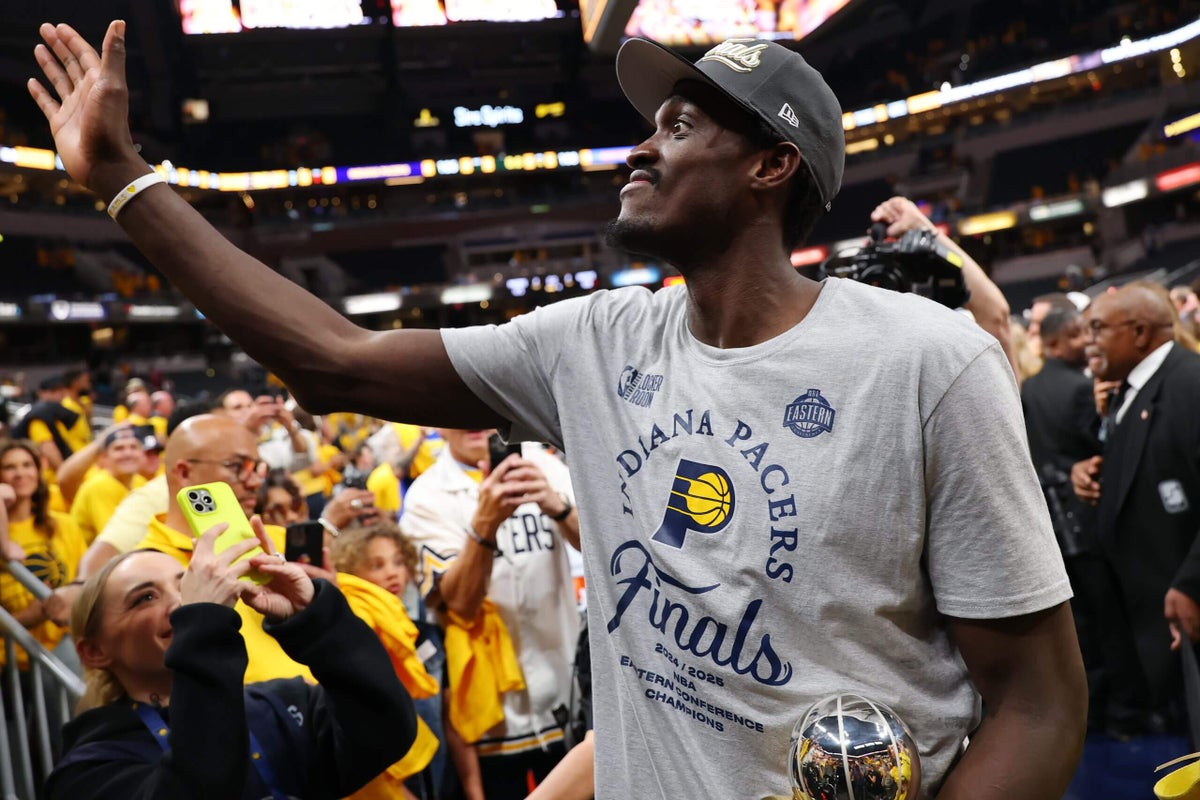

There has always been more to Pascal Siakam than just his long, graceful strides.
Getting out in transition is what stood out about Siakam as a rookie, when an injury to Jared Sullinger made him an unlikely starter for the first half of the season for the Toronto Raptors. It is what stands out about him now, as he finishes so many sublime Tyrese Haliburton-orchestrated fast breaks for the Indiana Pacers. Over his nine-year career, he has been steadfast in meshing that stamina with skill development.
Advertisement
Crucially, as he improved, the tirelessness remained. In his final two years as Raptors coach, Nick Nurse was Thibodeauian in his reliance on his starters. Deep in the fourth quarter of a late-January 2022 game against the Miami Heat, Siakam was nearing 40 minutes for the night. Jimmy Butler attacked the rim in a close game, with Siakam sliding over as the backline defender to block him with two hands. Butler is strong, and the force of the drive knocked Siakam backward to the baseline. The ball fell back into Butler’s hands, who attempted to drop it in the hoop. Siakam lunged forward, and swatted the ball away for possession.
Siakam went on to play 17 more minutes that night in a triple-overtime win. He was a block and a steal away from a rare 5×5 game. What jumps out from that night, other than his game-high 56:31 of playing time, is that protecting the rim is way down the list of things Siakam does well.
That is Siakam, though: He is better than you think at everything, even if he’s not a star in any category besides playing in transition and durability. (Since 2018-19, when Siakam won Most Improved Player and helped the Raptors win the title, only Jayson Tatum and Nikola Jokić have played more than Siakam’s 19,807 minutes, playoffs included.) By developing those skills over his nine-year career, Siakam has turned himself into the ideal second star for the uptempo, rollicking Indiana Pacers. He won MVP of the Eastern Conference finals on Saturday when the Pacers closed out the New York Knicks.
Freed from the need to take the pull-up 3s that were required of him when he was the primary scorer at the end of his Raptors tenure, Siakam is a player without a notable weakness. Tyrese Haliburton powers the Pacers when they are at their high-speed best, with Siakam fitting in well because, after all these years, he still runs the floor better than the majority of players his size.
Advertisement
When the Pacers aren’t humming, though, Siakam sets a sturdy floor for his team, with his ability to hit tough shots keeping the Pacers afloat, most notably evident in Game 2 against the Knicks. He’s not Shai Gilgeous-Alexander or former teammate Kawhi Leonard from the midrange, but good enough — 45.6 percent accuracy on the 250 shots he took this year from between 10 and 16 feet, including tough turnarounds — to salvage wayward possessions.
It was a journey there. In his first All-Star season, the COVID-interrupted 2019-20, he took just 108 shots from that range, shooting 32.4 percent. He mostly used his footwork and spins to get to the rim from the post. Two years later, he had settled into the mid-to-high 40s on much higher volume from midrange.
So it has gone for so much of his game.
• Siakam attempted just 17 3s in his two years at New Mexico State, and only seven in his rookie season. In his second season in Toronto, the Raptors insisted he take more, even as he had a two-month stretch in which he shot 4 for 58 (including 25 straight misses at one point). A year later, he shot 36.9 percent on 2.7 attempts per game, making the Raptors’ offensive system just a little more viable. He plateaued and occasionally dipped when asked to create those looks for himself, but he has hit 38.8 of his 526 attempts in Indiana.
• While Siakam’s 3 was a problem when he occupied a primary role in Toronto, his playmaking grew exponentially. Siakam entered the league as a play-finisher. He showed some intuitive passing in his second season as part of the Raptors’ league-best second unit — Fred VanVleet, Jakob Poeltl and Delon Wright also graduated from that lineup to more substantial careers — but really flourished as his usage grew.
In his second All-Star season in 2022-23, he was fifth among all forwards, averaging 5.8 assists per game, with 2.46 assists for every turnover, a pristine number. Siakam doesn’t have to carry that load with the Pacers, but he still facilitates or initiates the seemingly random movement on which they thrive. It always felt unfair that Siakam wore so much of Raptors president Masai Ujiri’s comments calling that year’s team “selfish.”
Advertisement
• Siakam’s defense has never been a problem, but it has evolved as he has. In his early years, he didn’t have the strength to battle with the likes of Blake Griffin, as was the case in a memorable late-season game in the second season. He is not burly, but Siakam has grown a wiry strength.
Still, it is that tirelessness which is at the heart of his defensive contributions. Siakam can scramble, contest 3s and recover like few other forwards thanks to his stamina and length. That was key as the Raptors used an unorthodox style to put together the second-best defense in 2019-20 despite the loss of Kawhi Leonard, and it is perhaps the biggest reason the Pacers went from cute early-season story last year to serious contender. While Aaron Nesmith is the team’s sturdiest one-on-one defender, likely to get the bulk of the Gilgeous-Alexander assignment, Siakam provides so much of the connective tissue that makes the system work, especially as the Pacers try to keep Myles Turner close to the paint.
The Siakam/Raptors relationship ended sourly. Part of that was because Siakam and his co-leader, VanVleet, put in so much work to go from peripheral players to cornerstones, and had trouble abiding those they did not believe were doing the same.
It was a messy ending, as most are, but that same maniacal devotion to his craft helped put the Raptors in a position to win and nobly try to defend a title in the first place. It’s paying off in Indiana, now.
“I enjoy the process of getting better, knowing that before I couldn’t do something and now I can do it,” Siakam said before that ill-fated 2022-23 season, reflecting on 14 post-pandemic months that slowed his developmental ascent. “That process of the game is so important to me. And having the opportunity to do that while healthy, it was amazing. I just get lost in it.”
That mindset never propelled him to MVP contention, as he desired. It never put him in a position to earn a supermax, which stopped him from being a potential career centerpiece for one franchise. Now he will get to see Haliburton try to do that in Indiana.
It did, however, turn him from a role player to a central figure on several great teams. Draymond Green, not one for self-flagellation, recently said on TNT that his effort against Siakam in the 2019 NBA Finals was one of only two times he felt he lost his individual matchup. (He cited his performance against Minnesota’s Julius Randle this year as the other.) Siakam’s efficiency wavered in that series, but he bookended it with 32 points on 14-for-17 shooting in the opener and 26 on 10-for-17 shooting in the clincher. He scored the most important basket in that game, beating Green with a quick change of direction.
As he enters the finals six years later against a historically great defensive team and excellent individual defenders, remember that he has been in this precise role, in this approximate situation, and succeeded before.
When the Pacers traded for Siakam two Januarys ago and later re-signed him, he was seen as the type of star for whom the Pacers had to settle. Indianapolis, being a non-glamour market, would never get a superstar to pair with Haliburton, so they had to search elsewhere. Siakam would have to be good enough.
Across the board, he has been.
(Photo: Gregory Shamus/Getty Images)
This news was originally published on this post .






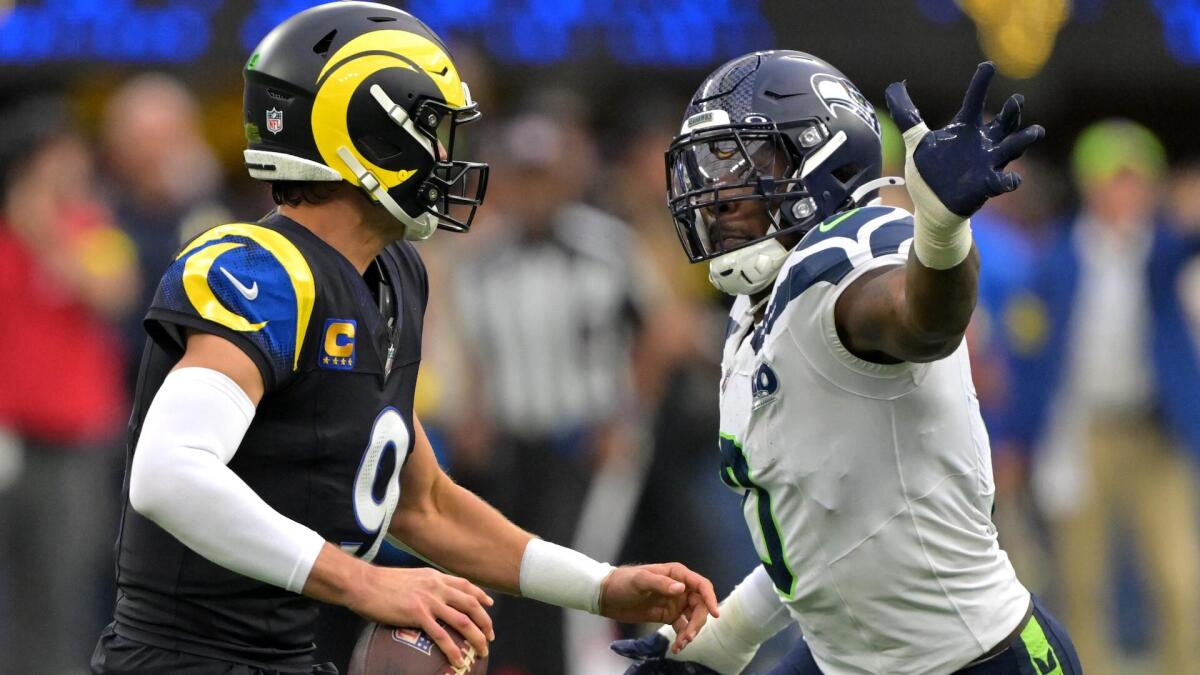
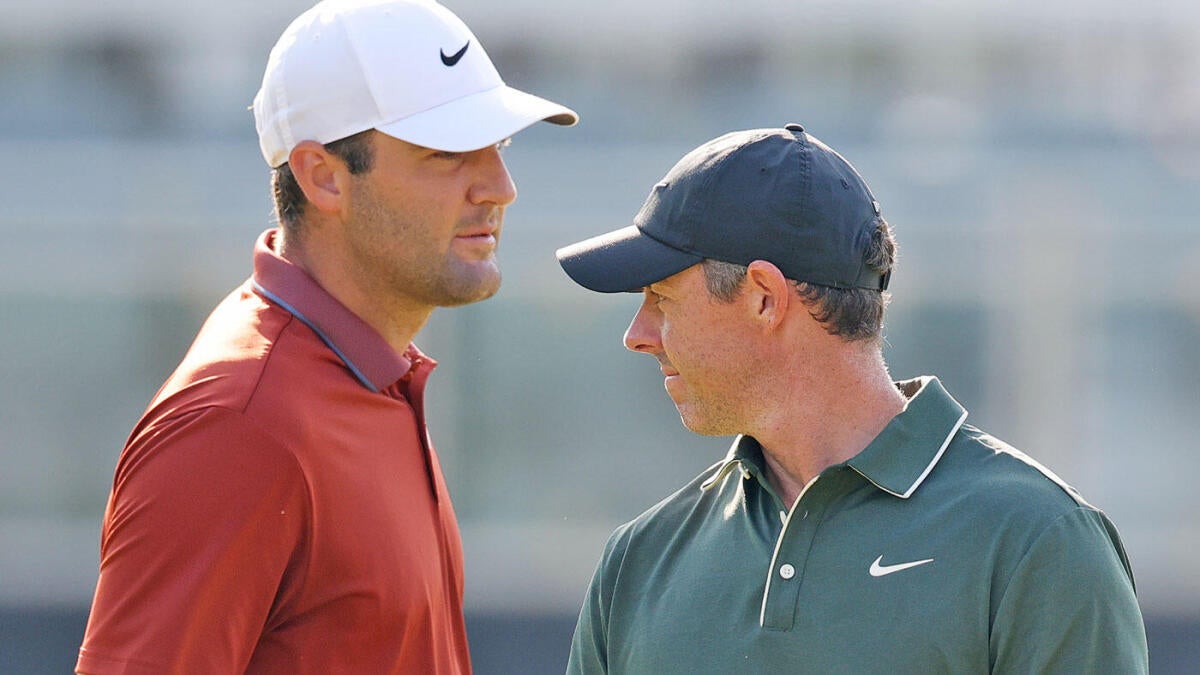
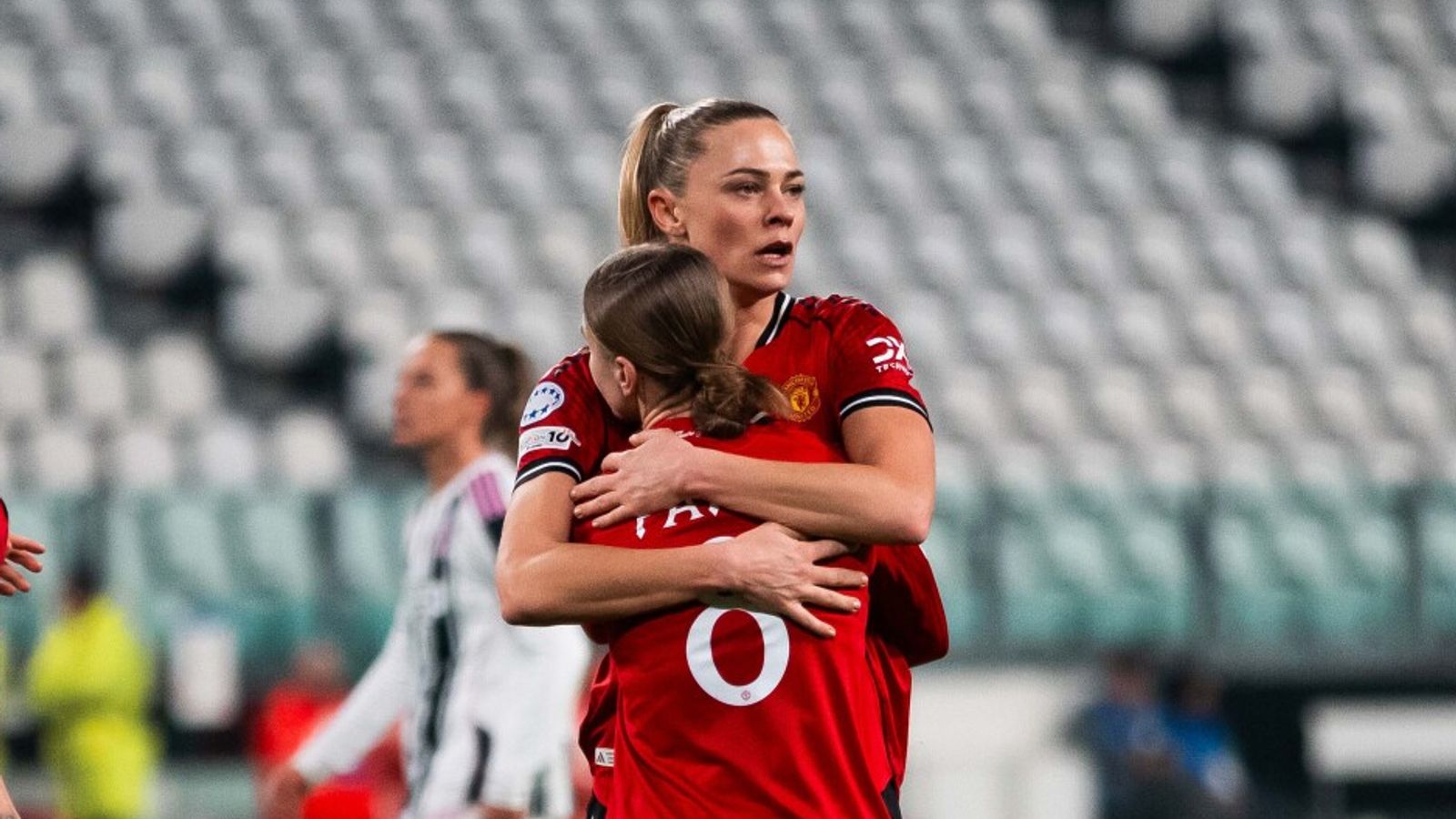
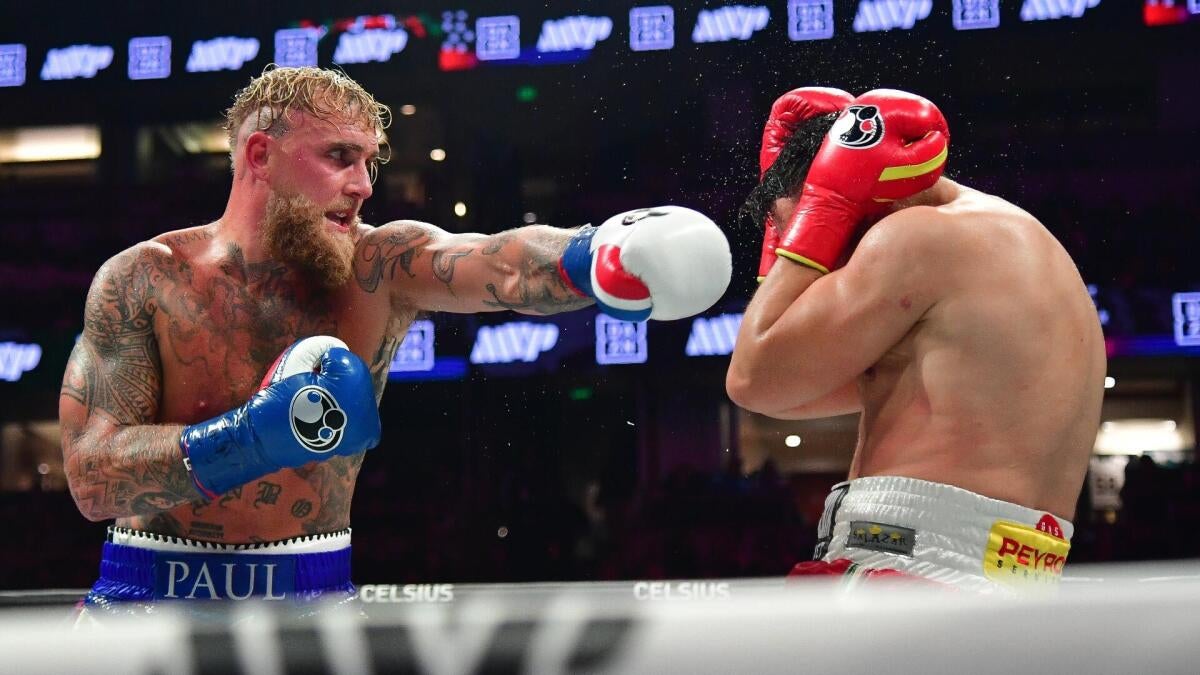

Be the first to leave a comment